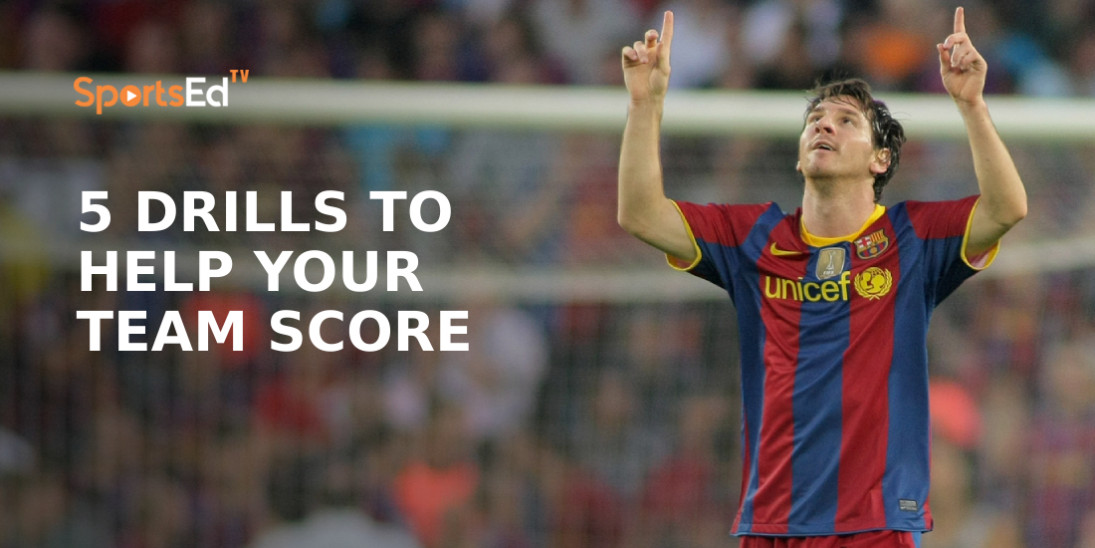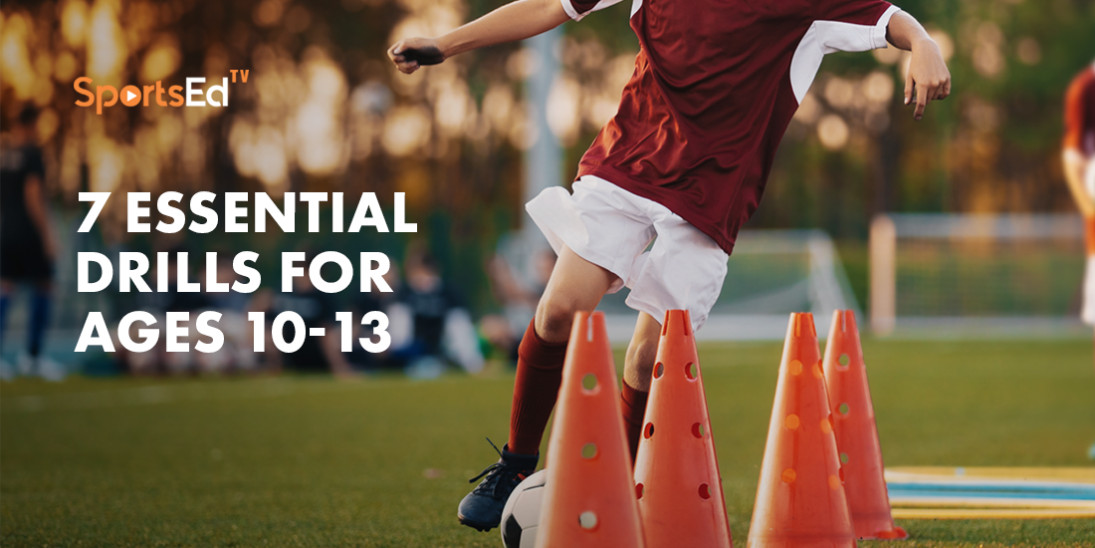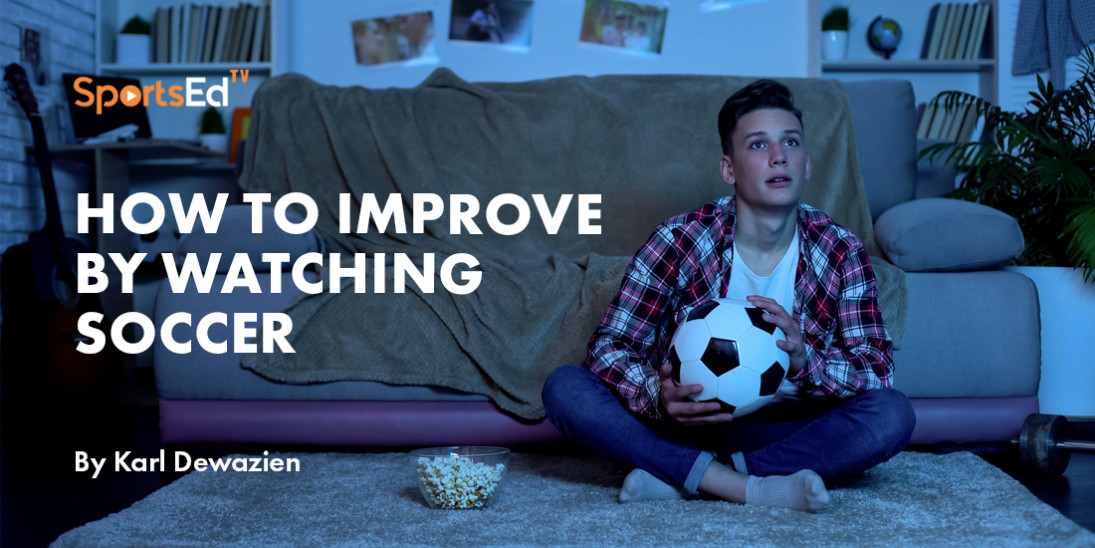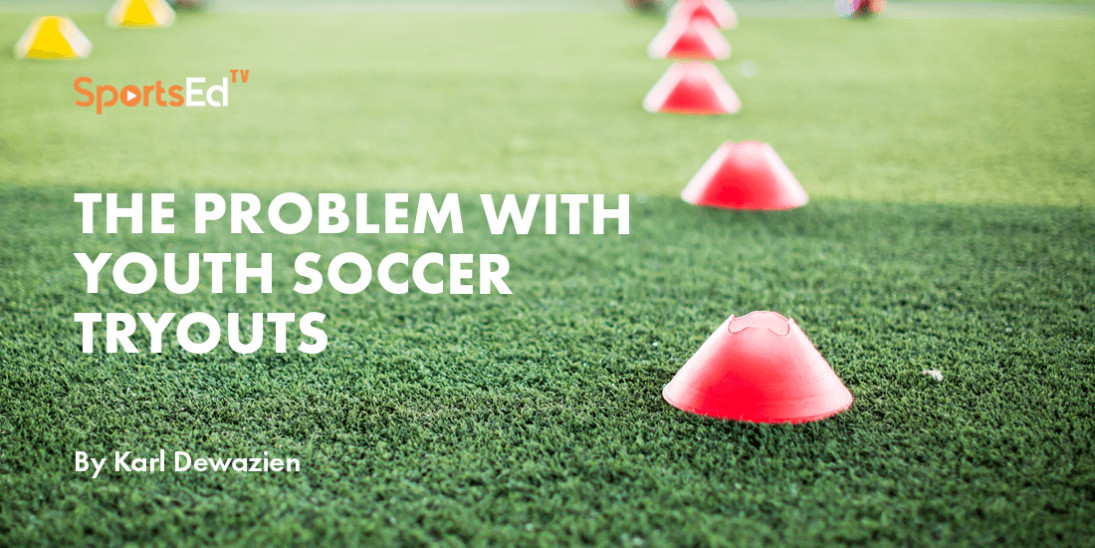Soccer
Welcome and thanks for visiting...

What Makes a Great Football- Soccer Striker? Key Qualities, Skills, and Training Tips

The striker is responsible for scoring goals and is the focal point of their team’s attack. Reliable strikers keep possession under pressure, link up with players to finish attacks, and score goals.
This article will examine the attributes of an expert striker and provide training tips on how to develop these skills.
Finishing Skills: The Most Important Ability for a Football Striker
Strikers are key to their team’s offensive success. An experienced striker can score goals in any situation—leaping past a defender to head the ball, one-on-one scenarios against the keeper, or a precise long-range shot into the bottom corner.
Strikers are positioned closest to the opponent’s goal to convert their team’s offensive actions into goals. A striker’s ability to finish these chances is a significant factor in whether their team wins the game.
Teams that defend well limit their opponent’s goal-scoring opportunities, so a clinical striker who doesn’t need many chances to score is crucial in these types of games.
Training Tip: Focus on finishing drills that simulate match scenarios. Take some cones and place them as targets in the bottom corner of the goal. Aim your shots at the cones. Practice shooting with both feet so that you can finish from multiple angles.
Movement in the Box and Quick-Thinking: Why They Matter for Strikers
Strikers are sometimes labelled a “fox in the box” as a reference to their ability to score goals inside the six-yard box. They can anticipate their opponent’s movements to put themselves in positions to score goals from close range.
Intelligent strikers will read the game and find themselves in the right situations at the right time to score—a rebounded shot off the keeper, a misplaced pass from the opponent, or an unexpected early cross from a teammate.
Strikers don’t have a lot of time on the ball; they must think quickly and use their technique to finish their chances. Keeping a cool head is crucial in these situations because you may not get a lot of opportunities to score during the game.
Training Tip: Practice movement in the box with help from other players. Set some mannequins around the center of the box and receive passes from players outside the box. Make sure your first touch creates the space and angle you need to shoot on target. Take turns rotating and switching positions with the players.
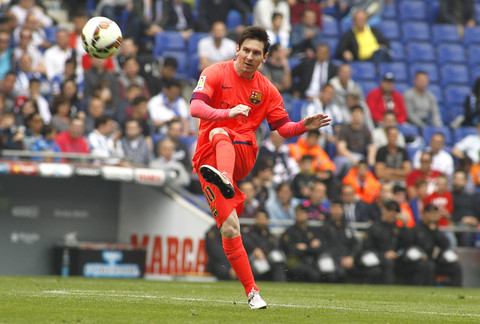
Hold-Up Play: How Strikers Create Scoring Opportunities
A striker’s hold-up play is their ability to control the ball under pressure and shield it from defenders. This allows the player to keep possession of the ball and assist their teammates as they run into space to create goal-scoring opportunities.
Effective hold-up play requires physical strength and balance to protect the ball, technique to control it under pressure, and the awareness of where players are positioned to distribute the ball and threaten the opponent’s box.
Training Tip: Work on your upper and lower body strength. You need a strong core to resist pressure from opponents and retain possession to create chances for your team to score.
Leading the Press: How Football Strikers Start the Defense
Strikers are the first line of defense for their team. Applying pressure on the opponent’s defenders limits their amount of time on the ball. Pressing high up the field and forcing your opponent into a mistake gives your team the opportunity to quickly counter attack and score.
Players who are good at leading the press are equipped with high stamina to keep running. They also have the intelligence to coordinate their movements with their teammates and collectively press to win back the ball while maintaining their formation.
Training Tip: Close-quarter rondo drills are a good way to practice winning back possession. Players can form a circle and pass the ball to each other as the participant in the middle chases them down to gain control of the ball. This drill can also be done with multiple players in the middle, which improves their teammates’ coordination of movements.
Dribbling Skills for Football Strikers: Progressing the Ball Under Pressure
During a game, strikers will often find themselves one-on-one against their opponent’s keeper or defenders. Their ability to dribble and carry the ball past their marker determines how much success they will have in these situations.
A striker with strong dribbling skills can drive straight at the opponent’s defense, which allows them to get in advanced positions up the pitch and link up with their teammates to score. Dribbling isn’t just about running with the ball. It’s the player’s ability to control and move the ball to get past an opponent and create situations where the attackers outnumber the defense and can score. Players can also dribble sideways or backwards to cycle possession and find new passing angles to create attacking chances.
Training Tip: Focus on drills that require taking many touches of the ball and control in tight spaces. Set some cones in a straight line and dribble through them using both the inside and outside of your foot. When you get to the last cone, carry the ball back to the first cone and repeat the drill.
Final Thoughts: Becoming a Complete and Reliable Football Striker
Becoming a good striker takes more than just scoring goals—it requires hard work, intelligence to read the game, and smart decisions to finish attacking chances. You need to put in work towards building your physical strength, improving your technique, and developing the mental strength to keep your composure in goal-scoring situations.
Focus on your finishing, endurance, and decision-making. Work towards developing your understanding of the game more and coordinating with your teammates. Use that knowledge to improve your decision-making during a match.
Consistent training, a desire to improve your skills, and understanding these aspects of the game will help you develop into a striker your team can rely on for goals and leadership in attack.





